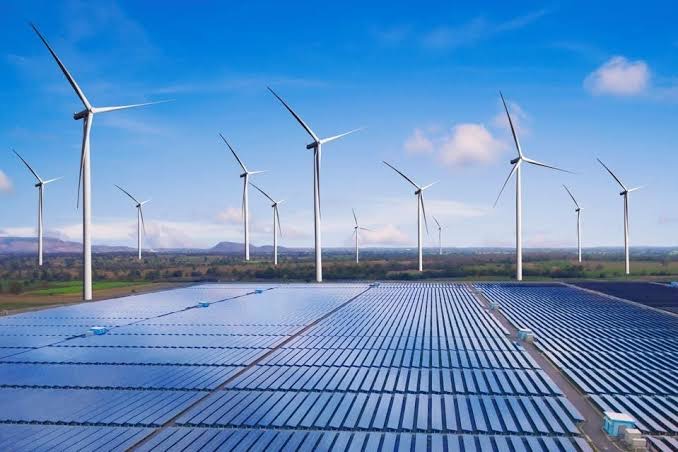Egypt plans to save $4.1 billion a year in fuel costs by adding 30 gigawatts of new renewable energy capacity, according to a recent government announcement. This effort is a key part of the country’s broader strategy to increase sustainable electricity generation and reduce dependence on conventional energy sources.
Esmat detailed current and planned renewable energy capacities under the Integrated and Sustainable Energy Strategy. Egypt aims to increase renewable electricity generation to 42 percent by 2035 and 58 percent by 2040. He also discussed the necessary capacities for hydrogen production and the role of renewable energy, hydropower, and storage in Egypt’s energy mix.
Al-Mashat provided an update on concessional financing from development partners supporting the renewable energy sector. She noted that 18 projects are in progress, funded through the Nexus of Water, Food, and Energy program, which includes enhancing the electrical grid’s capacity.
Launched in 2022, the NWFE program seeks to mobilize $14.7 billion for nine projects addressing climate change impacts in water, food, and energy.
Madbouly emphasized that these discussions are crucial for tracking the progress of Egypt’s renewable energy efforts, which are central to the country’s long-term energy strategy.
Earlier in June, Egypt’s sovereign fund signed four agreements totaling $33 billion with European developers to advance green ammonia projects.
The first agreement, worth $11 billion, was with DAI Infrastructure for a green ammonia project at East Port Said.
Ocior Energy secured the second agreement, valued at $4.25 billion, for a green ammonia project at Al-Sokhna Port targeting European markets.
The third agreement, worth $3.46 billion, was a partnership between Arab Energy and Voltalia to develop another green ammonia project at Al-Sokhna Port.

